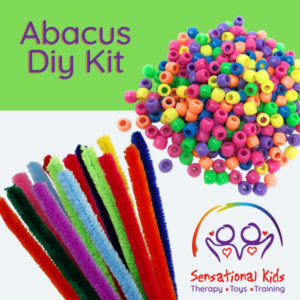
Want to help your class or children with their basic maths skills?
A homemade abacus is a great way for visual learners to see their calculations.
There are so many ways for kids to play with an abacus:
- count the beads moving them to the right as they count them one by one.
- count by tens by moving an entire row across. This helps to visualize and then internalize the concept of place value.
As children skills progress they can use the DIY abacus for adding and subtracting and skip counting too.
Read More
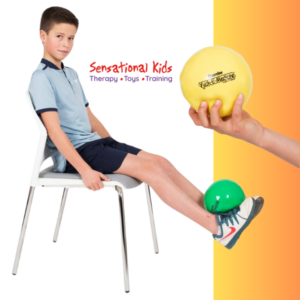
A medicine ball can be used for many different sports exercises.
The Yuck-E version is super flexible thanks to the content of gel and balls.
As a result, the ball molds to your body and provides extra comfort.
Read More
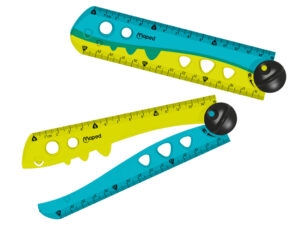
The Croc Croc foldable ruler will inspire children to learn to trace, measure, and even draw!
Read More
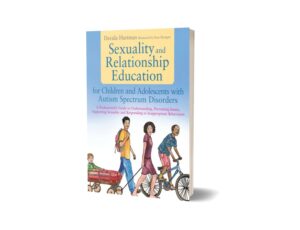
This professional resource offers practical teaching advice geared towards the needs of young people on the autism spectrum.
Children and adolescents with Autism Spectrum Disorders (ASD) require specialised teaching strategies when learning about puberty, sexuality and relationships. This professional resource offers practical teaching advice geared towards the needs of young people on the autism spectrum.
Read More

A Kid’s Guide to Understanding Current Events
This latest installment in the bestselling What-to-Do Guides for Kids Series tackles children’s feelings of anxiety around current events locally and around the world and what is portrayed in the news. Scary news is an inevitable part of life. This book can support and guide efforts to help scary news seem a bit more manageable for young people.
Read More

This flexible, dip-in-dip-out guide will introduce you to the strengths-based approach that is helping autistic children and their families to thrive.
Read More
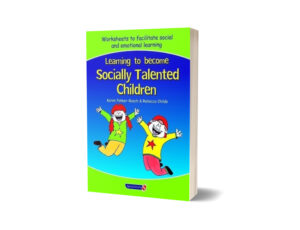
The aim of this book is to provide resources to facilitate the learning of new skills related to social, emotional and behavioural difficulties (SEBD).
Read More
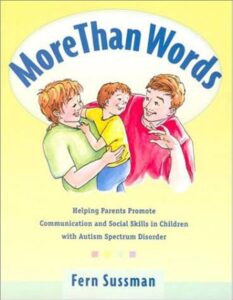
More Than Words guidebook will provide parents with simple strategies they can use during everyday routines and activities to help their child interact more meaningfully with others and experience less frustration.
As a parent of a child with autism, you want nothing more than to help your child communicate.
Extensive research has shown that when parents interact with their child in specific ways that motivate, encourage and support communication, they can make a significant difference to their child’s social and communication development.
Read More
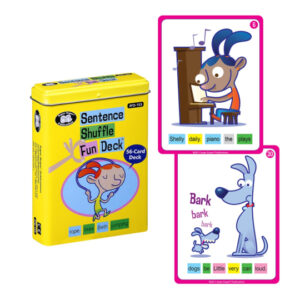
This Sentence Shuffle Fun Deck teaches parts of speech and sentence structure while improving inferencing and reasoning skills.
The color-coded words make it easier for students to identify nouns, pronouns, verbs, adjectives, adverbs, prepositions, articles, and conjunctions.
Read More









